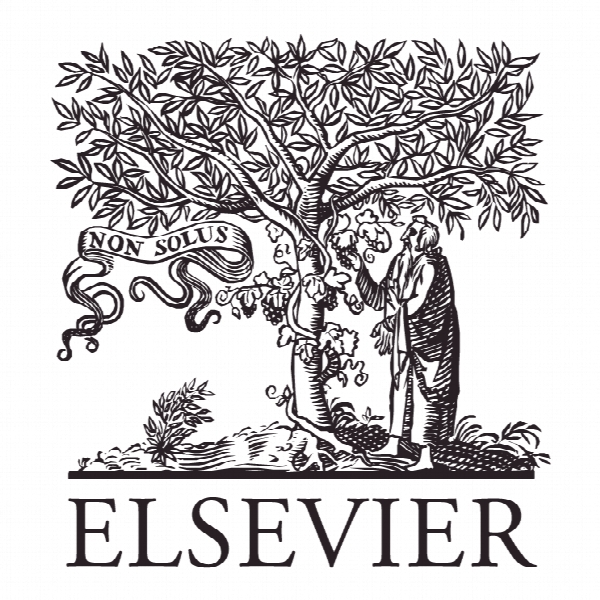نتایج مثبت از به اشتراک گذاری اجتماعی احساسات منفی در تیم های کاری: اکتشاف مفهومی The positive outcomes of ‘Socially Sharing Negative Emotions’ in workteams: A conceptual exploration
- نوع فایل : کتاب
- زبان : انگلیسی
- ناشر : Elsevier
- چاپ و سال / کشور: 2017
توضیحات
رشته های مرتبط مدیریت
گرایش های مرتبط مدیریت کسب و کار MBA
مجله مدیریت اروپایی – European Management Journal
دانشگاه دانشکده کسب و کار پاریس، فرانسه
نشریه نشریه الزویر
گرایش های مرتبط مدیریت کسب و کار MBA
مجله مدیریت اروپایی – European Management Journal
دانشگاه دانشکده کسب و کار پاریس، فرانسه
نشریه نشریه الزویر
Description
2. Differentiating SSNE from other concepts In this section we aim to convince the reader of the utility of exploring SSNE as a separate concept by demonstrating how it differs from other related affective constructs. Feedback loops, subsequent levels of analysis as well as the question of who can be an initiator help to differentiate between EFC (Emotion Focused Coping; Lazarus & Folkman, 1984) and SSNE. EFC strategies, as intrapsychic coping strategies, occur ‘within individual and intrapersonal level.’ EFC may explain the motivation of ‘a sharer’ to initiate SSNE as a form of support seeking behavior; however, this is where the EFC model stops as it does not consider specifically the role of interactants. On the other hand, SSNE considers equally the role of sharer and the role of team members either as an initiator or as respondents, and SSNE is only enacted at a group level. Consequently, while outcomes of EFC are confined to the individual level (e.g. individual’s well-being), in our analysis, the outcomes of SSNE may extend to the group level; e.g. SSNE influences interactants to form a group (cf. Raghunathan & Corfman, 2006). This aspect of SSNE makes it especially interesting in an organizational context. Furthermore, in the same vein, we argue that SSNE does not merely equate to ‘venting’, which is another form of EFC strategies. Venting, as the mere expression of negative emotions without expecting feedback from others (cf. Brown, Westbrook, & Challagalla, 2005; McCance et al., 2013), may trigger SSNE when a team member (an initiator) asks a (potential) sharer about his/her affective events causing venting (cf. Parkinson, 1996). Therefore, rather than being similar to SSNE, venting may be a precursor for sharing negative emotions (cf. Johnson, 1977). Crossover explains how emotions from the work domain may influence interactions with family members (mainly spouse) in the non-work domain, or vice versa (Westman, 2001). As our focus here is on emotion-eliciting events at work that drive SSNE, the source or content of the shared negative emotions could come from outside work as well. Furthermore, even though our discussion in this paper deals with SSNE in the context of a new work-team, interactants may also engage in SSNE outside work, sharing work-related events with friends and family members. Both crossover and SSNE deal with inter-personal processes. However, crossover explains how negative emotions from one life domain are transmitted from one person to another in other domains, potentially resulting in negative outcomes such as emotional distress of interactants (Westman & Vinokur, 1998). SSNE, on the other hand, focuses on explaining how negative emotions could be mitigated during the socially sharing process and also bring about positive outcomes between interactants. Related to crossover is Emotional Contagion (EC), which occurs as observers ‘catch’ others emotions through an automatic (nonconscious), continuous, synchronous non-verbal mimicry process (Hatfield et al., 1994). Emotional Display (ED) expressed primarily via non-verbal signals such as facial expressions, body language, and tone rather than words (Mehrabian, 1972), may result in EC. SSNE, however, involves cognitively effortful processes requiring conscious initiation and maintenance of verbal communication, making it quite distinct from displays of emotion that happen automatically and unconsciously


